News
New EU project aiming to create a ‘meat database’ to help map out and improve taste and quality
22 Aug 2022
A new EU project set up to assess and improve meat quality in the food supply chain plans to create a large database of EU meat. It investigates whether pork and chicken meat from organic livestock farming tastes better than meat from intensive husbandry.
The mEATquality project, funded by the European Union’s Horizon 2020 research and innovation programme, began earlier in 2022 and will last four years.
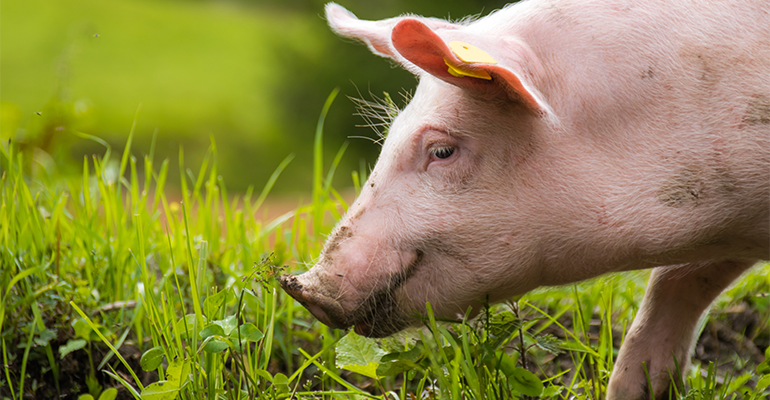
Led by project coordinator Hans Spoolder from Wageningen University & Research (WUR), the Netherlands, it will look at the taste and quality of meat at multiple farms in Denmark, Germany, Poland, Spain, and Italy – with a particular focus on how different breeds of animal, types of food used, and animal welfare, can impact the quality and taste of meat.
“People who eat organic products say they taste better,” said Spoolder. "But do they? And if so, why?”
EU-wide project
The project aims to develop innovative techniques for automated quality assessment at high line speeds and will also support the fight against food fraud through blockchain technology and the authentication of the final product via ‘fingerprinting techniques.’
While the mEATquality project is coordinated by Spoolder and his colleagues at WUR, it will be carried out by a consortium of 17 partners organisations representing seven EU countries. This consortium consists of seven academic partners, five scientific research centres, two industry partners and three organisations that represent the organic or conventional meat chains, he noted.
Outputs from the project will include the increase of practical information on new husbandry approaches through a ‘sustainability app’ for pig and broiler farmers, but will also be in the development of a template for a European Meat Database to help combat food fraud.
“This kind of European database exists for wine,” said Spoolder, adding that a company is also setting up a large database for beef and lamb.
“The traceability of meat is important in the prevention of meat fraud; think of the horse meat scandal and meat being labelled as organic when it actually comes from factory farming,” he said, noting that identifying meat fraud is ‘a side track’ of the main project.
“We don’t have the budget to develop it further, but we will be able to contribute to an international meat database in due course.”
A database for meat
Throughout the project, meat from the different farms will have its chemical properties investigated in the lab, whilst also being presented to taste panels, he noted, adding that that because large amounts of data will be gathered from multiple countries, a new ‘data warehouse’ will be set up where all the data can be collected and stored.
Spoolder noted that the new project must be able to collect, store and combine multiple sets of data from animal welfare questionnaires, taste panels, lab work, and more.
“We need to set up a water-tight code system that allows you to trace where the meat sample comes from, from start to finish,” he said. “It is essential that everyone measures the same thing and submits data in the same way.”
“We will do a comprehensive chemical and physical analysis of the meat. We want to link this to the origin of the meat,” he said.
“After all, you want to be able to check whether the meat from a German organic pig farm really tastes different and has a separate composition than the meat from a conventional Danish pig farm.”
Wouter Hoenderdaal, developer at Wageningen Food Safety Research, responsible for building out the data warehouse at WUR said while the project itself is in its infancy, the processes that precede data collection are of ‘equal importance.’
“Part of the animal is sent to the lab, another part to the taste panels. So, we need to set up a fool-proof coding system that allows you to trace where the meat sample came from: which animal, farm, region and country.”
Related news

Oat Barista: Innovation for game-changing beverages
20 Nov 2025
Oat Barista is a clean label, sustainable, and innovative drink base specifically designed to create the perfect foam in one single ingredient.
Read more
Nitrites: Pressure grows on UK to follow EU’s lead
20 Nov 2025
Pressure is growing on the UK to follow the EU’s lead after the bloc revised its regulations on the permitted levels of nitrites and nitrates in cured meats.
Read more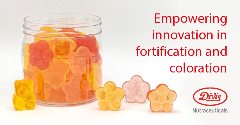
Empowering innovation in fortification and colouration
13 Nov 2025
Divi’s Nutraceuticals offers a large portfolio of innovative, high-quality ingredients for foods, beverages, and supplements, with bespoke solutions and expert support for product success.
Read more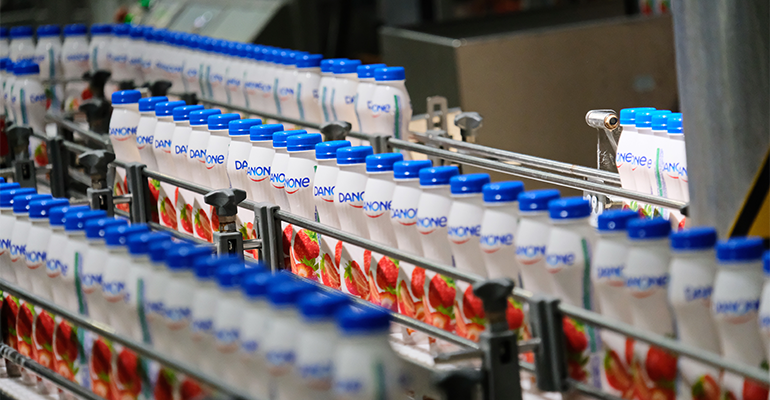
Danone highlights digestive health as potential ‘tipping point’ for food industry
13 Nov 2025
Danone is betting on a food industry “tipping point” that will bloat the market for healthy products, particularly those related to gut health.
Read more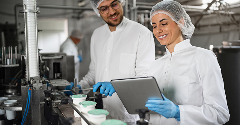
Standing Ovation and Bel scale up casein production from dairy co-products
11 Nov 2025
Foodtech company Standing Ovation has partnered with cheese specialist Bel Group to manufacture dairy serums for industrial-scale casein production via precision fermentation.
Read more
AI attraction means foodtech startups must ‘prove’ rather than ‘promise’
4 Nov 2025
Reports suggest that artificial intelligence (AI) is sucking investment from foodtech and agritech, but investors say the picture is complicated.
Read more
Will postbiotics become the go-to functional ingredient?
3 Nov 2025
Postbiotics show significant promise for the functional foods market due to their safety profile and beneficial bioactive properties, research suggests.
Read more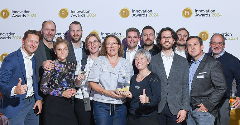
Meet the finalists of the Fi Europe Innovation Awards 2025
31 Oct 2025
Who made it to the shortlist of the Fi Europe Innovation Awards 2025? Read about the 23 companies making food and drink products healthier and manufacturing processes more efficient.
Read more
Penguin and Club bars no longer classed as chocolate
30 Oct 2025
Penguin and Club bars can no longer be classified as chocolate after the pladis-owned McVitie’s brands turned to cheaper alternatives amid the ongoing cocoa crisis.
Read more
Shorter drying time, sweeter success!
30 Oct 2025
Curious about cost-effective, sustainable and delicious candy making? Stefan Wessel reveals how Avebe’s solutions reduce drying time and energy use by up to 50%.
Read more